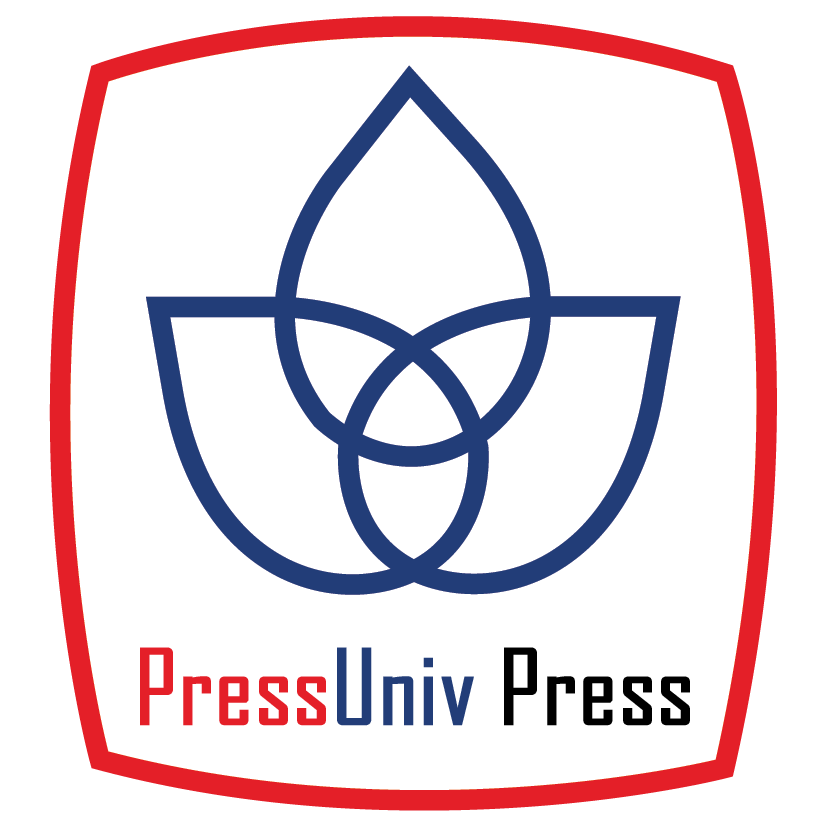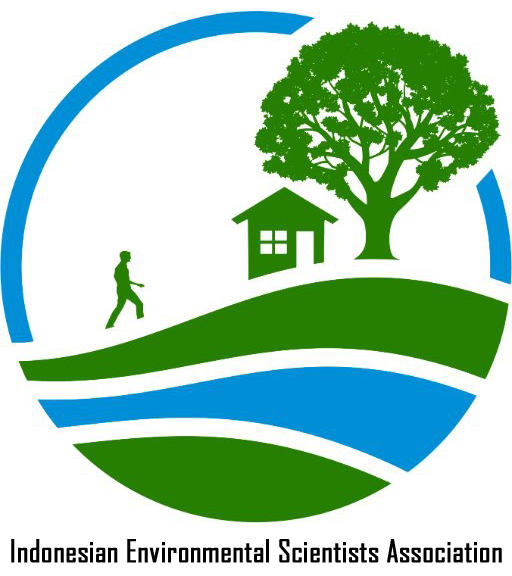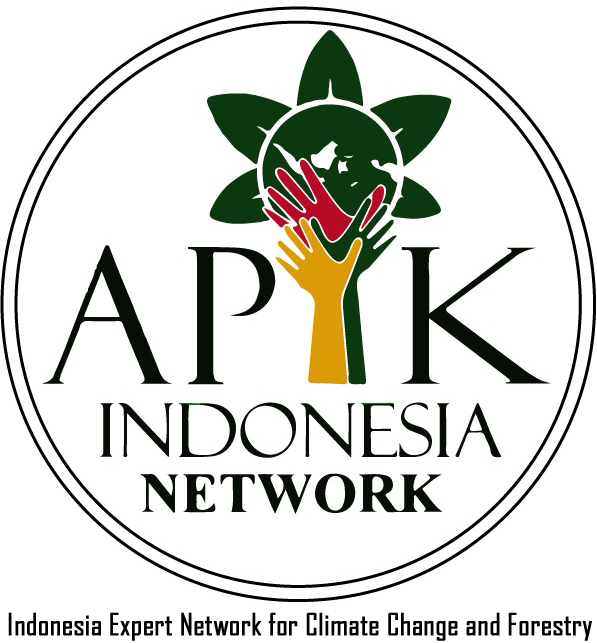STUDI POTENSI PENYISIHAN ORGANIK PADA EFLUEN IPAL DOMESTIK DENGAN PENGGUNAAN CONSTRUCTED WETLAND (Studi Kasus : IPAL Bojongsoang, Bandung)
Abstract
Most of water we used as rinse water, for example water used for bathing, for washing hands, to wash clothes, and more, approximately 70-80% of water consumption will turn into gray water. Along with the increasing water demand, the raw water needs to be processed is increasing as well. However, the increasing need for raw water is not followed by an increase in raw water, both in quality and quantity. These conditions encourage efforts to find alternative sources of raw water which more secure than others in terms of quality and quantity. One of its efforts is by making use again (reuse) efluent from wastewater treatment. The technology will be used to process must be cheap, effective, and not difficult in treatment. Technology used in this study is constructed wetland. The purpose of this research is measuring the treatment efficiency, determining the optimum operating conditions, determining the criteria for water reuse. This research is conducted in the laboratory using a constructed wetland with type of plant is Typha latifolia. Variations are made in this study are detention time (1day, 3days amd 5 days) and type of reactors (constructed wetland & aerated constructed weland). Each reactor is given wastewater feed derived from effluent of WWTP Bojongsoang. Parameters examined in this study are COD, BOD, pH, and temperature. Measurement of COD, pH, and temperature conducted every day, while the BOD parameter are done after the reactor reaching steady state conditions. Based on the measurements, it is known that the best detention time to remove organic matter is at 5 days with efficiency between 91,2-94,9%. Aerated constructed wetland can remove organic matter better than non-aerated reactor, with good significance removal at 1 day detention time.
Keywords
Full Text:
PDFReferences
Kayranli, Birol., Scholz,Miklas., Mustafa, Atif., Hofmann ,Oliver., Harrington,Rory. (2010) Performance Evaluation of Integrated Constructed Wetlands Treating Domestic Wastewater. Water Air Soil Pollution 210: 435–451.
Merlin, G´erard., Pajean, Jean-Luc., Lissolo,Thierry.(2002). Performances of constructed wet-lands for municipal wastewater treatment in rural mountainous area. Hydrobiologia 469: 87–98.
Metcalf & Eddy. (1991).Wastewater Engineering, Fourth Edition. Singapore: Mc Graw Hill Book Co.
Nurul, Amaliyah. Penyisihan COD dan BOD dalam Greywater dengan Free Water Surface System Constructed Wetland. Institut Teknologi Sepuluh November, Surabaya, 2009.
Polprasert, C., Khatiwada, N.R, Bhurtel, J. (1998).Design Model for COD Removal in Constructed Wetlands Based on Biofilm Activity. Journal of Environmental Engineering: 838-843.
Setiyawan, Ahmad Soleh. (2007).Optimasi Efisiensi Pengolahan Efluen Reaktor Anaerobik Bersekat dengan Menggunakan Rekayasa Aliran Wetland (Studi Kasus : Limbah Cair RPH dan Industri Tahu). Tugas Akhir S1, Prodi Teknik Lingkungan, ITB, Bandung.
Sonie, Rakhmi.(2007).Pengolahan Efluen ABR (Anaerobic Buffled Reactor) Dengan Rekayasa Aliran Pada Constructed Wetland. Tugas Akhir S1, Prodi Teknik Lingkungan, ITB, Bandung.
Soeprijanto.(2005).Performance of Cons-tructed Wetland Systems for Nitrogen Removal. Institut Teknologi Sepuluh November, Surabaya.
Vymazal, Jan. (2009). Removal of Organics in Constructed Wetlands With Horizontal Sub-Surface Flow: A Review of The field Experience. Science of The Total Environment 407: 3911-3922.
Wojciechowska, Ewa.,Gajewska,Magdalena.,Obarska-Pempkowiak,Hanna.(2010). Treatment of Landfill Leachate by Constructed Wetlands: Three Case Studies. Polish J. of Environ. Stud Vol. 19, No. 3: 643-650.
Yeh, T.Y., Chuang,C.C., Ju,C.H. Pollutans Transformation and Removal Within Constructed Wetland Hybrid System.(2006). Proceedings of the 4th WSEAS int. Conf. On Heat Transfer, Thermal Engi-neering, And Environment : 27-33.
DOI: http://dx.doi.org/10.33021/jenv.v1i1.39
Copyright (c) 2016 Yandes Panelin

This work is licensed under a Creative Commons Attribution-ShareAlike 4.0 International License.
Journal of Environmental Engineering and Waste Management Published by PresUniv Press, in collaboration with IESA and APIK Indonesia Network




